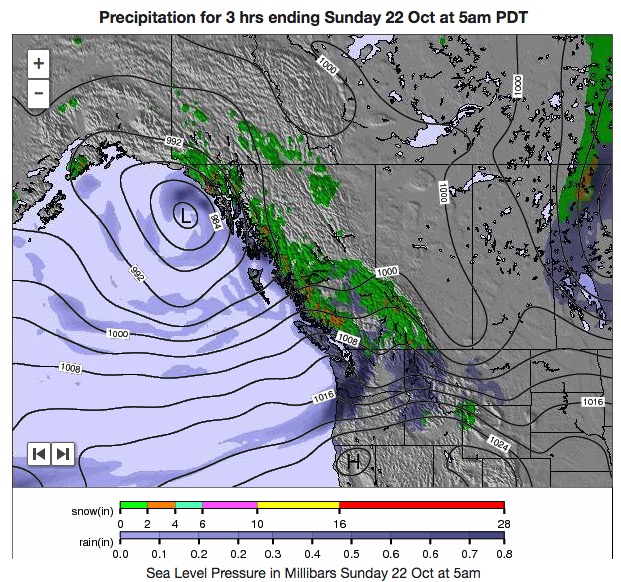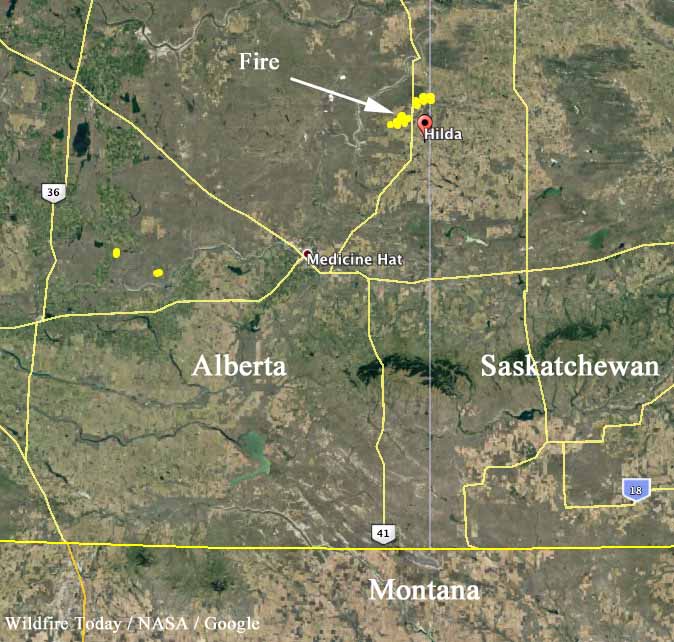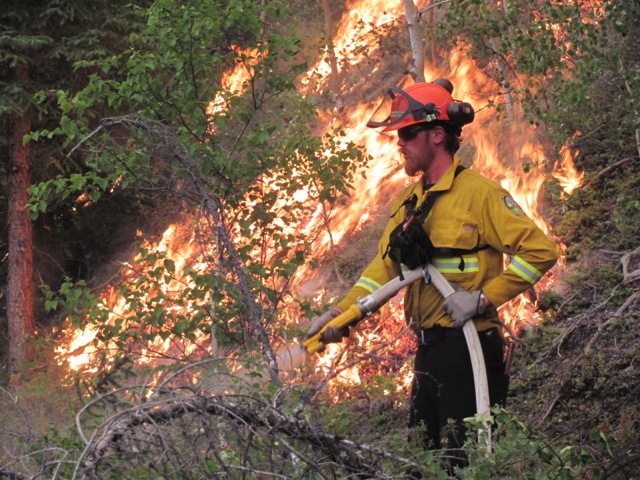The map above shows the number of current registrations for Category 3 open fires in British Columbia. Registrations are required for a fire that burns material in piles larger than two meters high and three meters wide, windrows, or grass over an area larger than 0.2 hectares (0.49 acres) in size.
Most areas in southern British Columbia are expecting to receive precipitation over the next couple of days, so landowners are probably wanting to get the burns in before the rain or snow.
The BC Wildfire Service sent out a notice Friday morning saying, “Burn Registration line is currently receiving a high volume of calls. Pls be patient if you are waiting in queue.”









